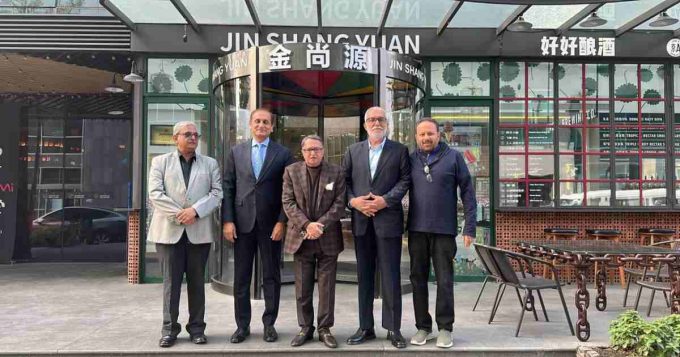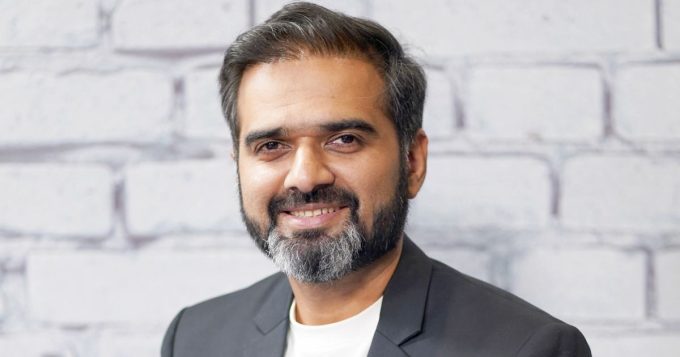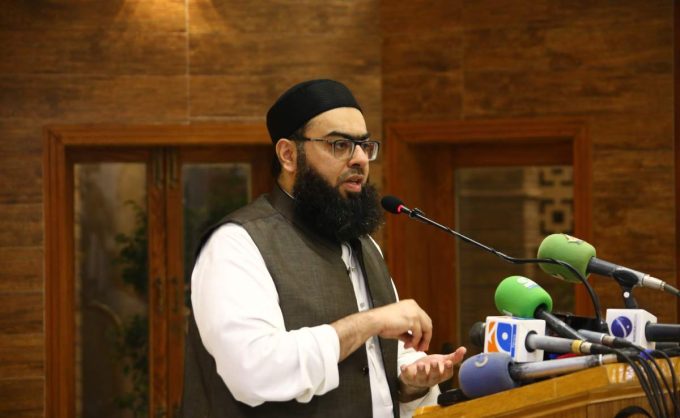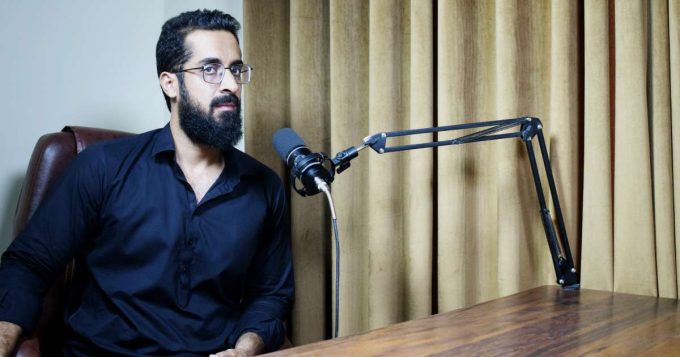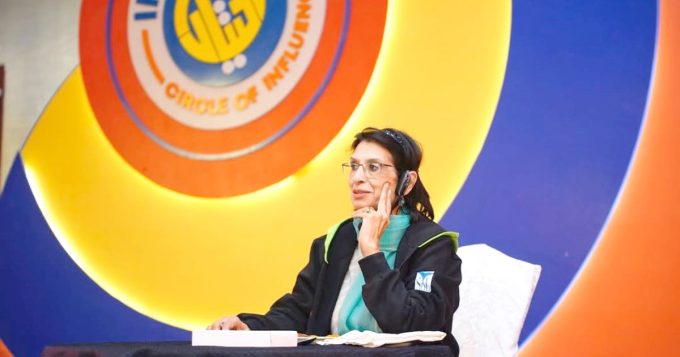In this exclusive conversation, Synergyzer speaks with Umais Naveed, Content Operations Lead, South Asia at TikTok, about the platform’s role in shaping modern education, empowering creators, and positioning Pakistan as one of the leading markets for STEM content engagement.
Synergyzer: How do you see the role of short-form video in shaping modern education, especially in markets like Pakistan?
Umais Naveed: Short-form video has completely changed how people engage with information. It makes learning more accessible, engaging, and most importantly, inclusive. In Pakistan, where access to formal education is not equal across regions and socioeconomic backgrounds, platforms like TikTok can serve as bridges. They help level the playing field.
What excites me most is the natural appetite for learning that we see on the platform. Students explain chemistry formulas, engineers break down complex topics, and creators make math fun, all within 60 seconds. Education is no longer tied to the classroom. It is happening on buses, during chai breaks, and on mobile phones. That is a powerful shift.
Synergyzer: TikTok recently launched its STEM Feed in Pakistan. What is this feature and what inspired its introduction?
Umais Naveed: The idea came from a simple but meaningful question. How can we use the power of TikTok to make a real contribution to Pakistan’s education landscape? We were already seeing growing interest in science, technology, engineering, and math content, not just globally but within Pakistan as well. So, we introduced the STEM Feed, a dedicated in-app space where users can explore high-quality content across these subjects.
This was never just about launching a feature. It was about creating a movement. We have partnered with the Ministry of IT and Telecom to bring together educators, institutions, and creators. To provide a platform for teaching, learning, and inspiration.
Synergyzer: Some people still associate TikTok mainly with entertainment. What makes it a credible platform for learning?
Umais Naveed: That perception is understandable, but the platform has evolved. At TikTok, our mission is to inspire creativity and spread joy, but we do not want to limit creativity to entertainment alone. Over the years, we have seen creators use TikTok to explain science experiments, simplify coding, and offer career advice. The short-form format helps break down complex ideas using visual storytelling in a way that keeps people engaged. The STEM Feed builds on this by offering curated, moderated educational content. It adds structure and intent to what was already an emerging trend on the platform.
Synergyzer: How have creators and educators responded to the STEM Feed initiative?
Umais Naveed: The response has been overwhelmingly positive. Educators, students, and professionals are genuinely excited about using a short-form video media platform to make learning more dynamic and accessible.
Pakistan actually ranks among the top countries globally in terms of both percentage and number of users visiting the STEM Feed. Every week, about 25% of young TikTok users around the world visit the feed, and Pakistan is leading that engagement.
In the past three years, over 10 million STEM-related videos have been published. Since the launch of the feed, we have seen a 35% increase in STEM content consumption globally. These are not just numbers; they show a real appetite for learning.
We will also be working closely with academic institutions across the country to train educators on how to use TikTok as a teaching tool. Our goal is to build a rich, diverse content ecosystem that includes both formal educators and independent creators.
Read More: TikTok Teachers – How 15-Second Lessons Are Rewriting Learning
Synergyzer: What long-term impact do you hope the STEM Feed will have?
Umais Naveed: We want to spark curiosity. If a student watches a 30-second video about black holes or a physics trick and feels inspired to learn more, that is a win. Our long-term goal is to create a self-sustaining learning ecosystem where students, educators, and creators collaborate meaningfully. A space where learning is active, not passive. And where students in Gilgit or Turbat can access the same quality content as those in Islamabad or Karachi.

Synergyzer: TikTok has faced global scrutiny over content and safety. How are you ensuring the quality of content on the STEM Feed?
Umais Naveed: We take safety very seriously. There are strict guidelines in place. The STEM Feed does not allow content on political controversies, unsafe experiments, fire, chemicals, or any misleading information.
Every video on the feed goes through multiple layers of review. It is evaluated for educational value by Common Sense Networks and verified by the Poynter Institute, both global, credible organisations.
TikTok does not allow users below the age of 13 to use the platform. We have strong age verification systems to make sure only the right audiences can access the content. All of this helps us create a safer, more trustworthy learning space.
Synergyzer: How important are local languages in your content strategy for STEM?
Umais Naveed: Language plays a crucial role in accessibility. That is why we support and encourage content creation in Urdu and regional languages. When students hear scientific ideas explained in their own language, the learning becomes much more effective and relatable.
Synergyzer: What excites you the most about #STEMTok and the learning community you are building?
Umais Naveed: The possibility that a future innovator in Pakistan might trace their inspiration back to a TikTok video is what excites me the most. Maybe a student in a small town sees a video about coding or climate science and feels inspired to explore more.
We have seen creators using humour, music, and storytelling to explain even the most difficult subjects. This kind of creativity improves retention and makes learning fun. We are not replacing books. We are enhancing the learning experience in ways that connect with today’s youth.
Synergyzer: What would you say to young creators or educators who are considering joining this movement?
Umais Naveed: Start now. You do not need fancy cameras or millions of followers. You need a clear idea and the willingness to share it. Whether you are a student passionate about science or a teacher with something valuable to explain, there is an audience ready to learn from you. This is your moment. And we are here to support your journey.




